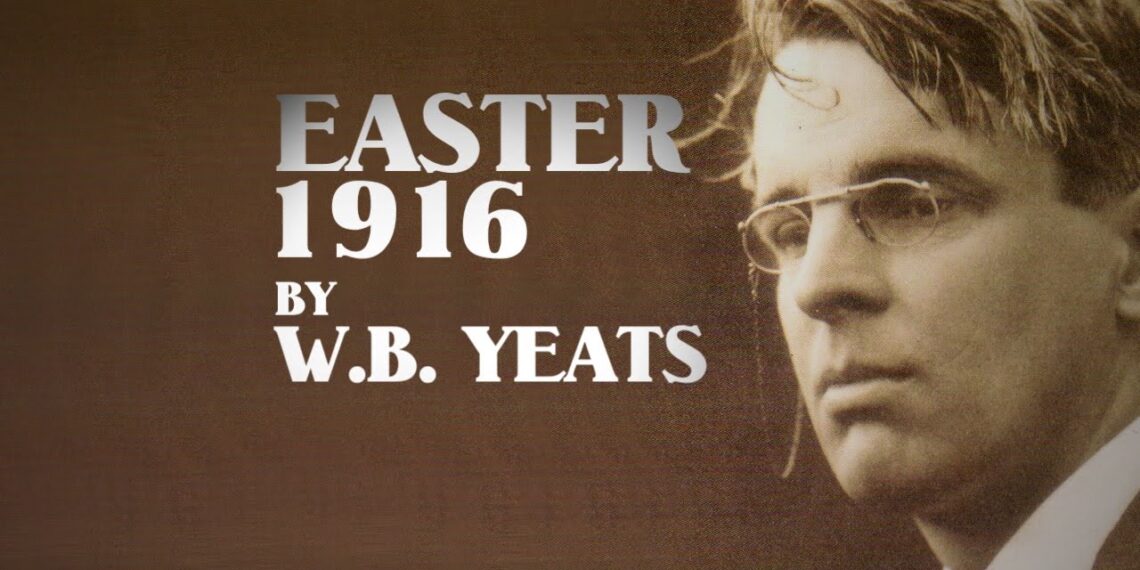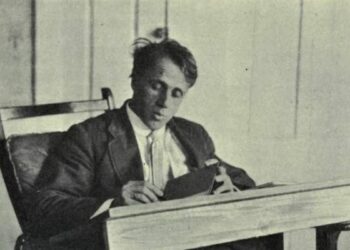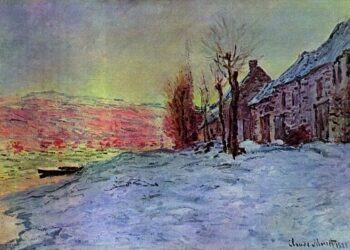Easter Yeats Summary by William Butler Yeats
“Easter, 1916” is a poignant and complex poem by William Butler Yeats, written in response to the Easter Rising of 1916 in Ireland. The poem captures Yeats’s conflicted emotions and changing perspectives on the political events of his time. Published in 1921, the poem consists of four stanzas and is considered a masterpiece of modernist literature.
Easter by William Butler Yeats Summary
Stanza 1: Setting the Scene
The first stanza of “Easter, 1916” introduces the reader to the initial calm before the storm.
Yeats highlights the ordinary worries of the individuals he meets in Dublin by eloquently describing their shopping and socializing routines. At first, Yeats observes these people in a distant manner, which gives the tone a sense of remoteness.
The poem’s narrative also introduces important characters in this stanza, such as the Irish political leaders involved in the Easter Rising. At this point, Yeats seems contemptuous of these individuals, calling them “polite” and implying that they had little regard for the issues that ordinary people faced.
Stanza 2: The Rising
The second stanza marks a shift in tone and perspective. Yeats begins to grapple with the transformative impact of the Easter Rising, which caught him by surprise. The leaders he previously regarded as inconspicuous are now seen in a different light, their actions having a profound and lasting effect on Irish history.

The poet describes the sudden change in the city’s atmosphere, from the ordinary to the extraordinary, as the rising unfolds. The “terrible beauty” of the rising captures Yeats’s ambivalence. The juxtaposition of these words reflects the conflicting emotions he feels—on one hand, the violence is terrible, but on the other, there is a strange beauty in the sacrifice and the assertion of Irish identity.
Stanza 3: Personal Reflections
In the third stanza, Yeats reflects on the personal lives of those involved in the Easter Rising. He mentions specific individuals, including friends and acquaintances, who were part of the rebellion. The poem becomes more introspective as Yeats contemplates his own role and the roles of those he knew.
The stanza explores the theme of sacrifice, with Yeats acknowledging that those who died in the uprising are forever changed, becoming symbols of a greater cause. He recognizes the enduring impact of their actions and contemplates the idea that they have become part of a larger, collective identity for Ireland.
Stanza 4: Ambiguity and Reflection
The final stanza of the poem is a reflection on the aftermath of the Easter Rising. Yeats grapples with the consequences of the events, acknowledging that while the leaders of the uprising are now revered, their deaths have left a void. The ambiguity of the concluding lines reflects the complexity of Yeats’s emotions and his uncertainty about the ultimate significance of the Rising.
Also Read-
- Concord Hymn by Ralph Waldo Summary
- Diving into the Wreck Summary by Adrienne Rich
- As I Walked Out One Evening Summary by W. H. Auden
Yeats concludes with a sense of ambiguity and ambivalence. He acknowledges the sacrifices made by those involved in the Easter Rising, but he also expresses uncertainty about the lasting impact on Ireland. The poet’s mixed feelings capture the conflicting emotions surrounding nationalism, rebellion, and the complexities of historical change.
Easter Yeats Poem
Analysis and Themes:
- Transformation and Ambiguity: Yeats explores the theme of transformation, both personal and national. The Rising transforms individuals and the nation itself, and the poet grapples with the ambiguity of whether this transformation is ultimately positive or negative.
- Sacrifice: The poem delves into the theme of sacrifice, with Yeats reflecting on the personal sacrifices of those involved in the Easter Rising. The idea that their deaths are a “terrible beauty” suggests a complex and ambivalent attitude toward the violence and sacrifice.
- National Identity: “Easter, 1916” is deeply rooted in the context of Irish nationalism. The poem reflects the struggle for Irish identity and the impact of historical events on the shaping of a nation. The leaders of the Easter Rising become symbolic figures in the quest for Irish independence.
- Conflict and Ambivalence: The conflicting emotions and ambivalence expressed by Yeats throughout the poem mirror the broader societal and political conflicts of the time. The poet grapples with his changing perceptions of the events and the individuals involved, capturing the complexity of the historical moment.
- The Role of Art: The poem itself becomes a form of art that helps Yeats process and communicate the complex emotions surrounding the Easter Rising. The act of writing and reflecting becomes a means of grappling with the tumultuous events and their significance.
Conclusion
“Easter, 1916” by W.B. Yeats stands as a profound and multifaceted exploration of the Easter Rising of 1916 in Ireland. The poem captures the poet’s evolving perspective on the political events of his time, reflecting on the transformation of individuals and the nation itself. Through vivid imagery, complex emotions, and a nuanced portrayal of key figures, Yeats delves into themes of sacrifice, national identity, and the ambiguous nature of historical change.
The story of the Rising is reflected in the poem’s four stanzas as it develops from an apparently ordinary day to a momentous and transformative event. Yeats expresses uncertainty about how the Rising would ultimately effect Ireland while acknowledging the sacrifices made by those who participated. The “terrible beauty” of the rising encapsulates the conflicting emotions of brutality, sacrifice, and the assertion of national identity.
In “Easter, 1916,” Yeats not only commemorates the historical events but also engages in a deep introspection, questioning the nature of personal and national transformation. The poem remains a classic example of modernist poetry, with its exploration of complex themes and the poet’s own ambivalence towards the historical events he witnessed.
FAQ:
1. Who were the key figures mentioned in “Easter, 1916”?
The poem mentions key figures involved in the Easter Rising of 1916, including Patrick Pearse, Thomas MacDonagh, John MacBride, and James Connolly. These individuals played significant roles in the rebellion and became symbolic figures for Irish nationalism.
2. What is the significance of the phrase “terrible beauty” in the poem?
The phrase “terrible beauty” encapsulates the complex emotions Yeats felt about the Easter Rising. It suggests the dual nature of the events—terrible in the violence and upheaval it brought, yet beautiful in the sacrifice and assertion of Irish identity. This phrase has become iconic in its representation of the paradoxical nature of historical events.
3. How does Yeats grapple with ambiguity in “Easter, 1916”?
Throughout the poem, Yeats expresses conflicting emotions and an ambiguous stance on the Easter Rising. He acknowledges the sacrifices made by the leaders of the rebellion while maintaining a sense of uncertainty about the ultimate impact on Ireland. The poet’s ambivalence mirrors the broader societal and political conflicts of the time.
4. What role does personal reflection play in the poem?
The third stanza of the poem is dedicated to personal reflections, where Yeats contemplates the lives of individuals he knew who were involved in the Easter Rising. This introspective moment adds a layer of humanity to the historical events, emphasizing the personal sacrifices and transformations of those who participated.
5. How does the poem address the theme of sacrifice?
“Easter, 1916” explores the theme of sacrifice both on a personal and national level. The individuals involved in the Easter Rising are depicted as making significant personal sacrifices, becoming symbolic figures in the broader quest for Irish independence. The poem reflects on the enduring impact of their sacrifices.




